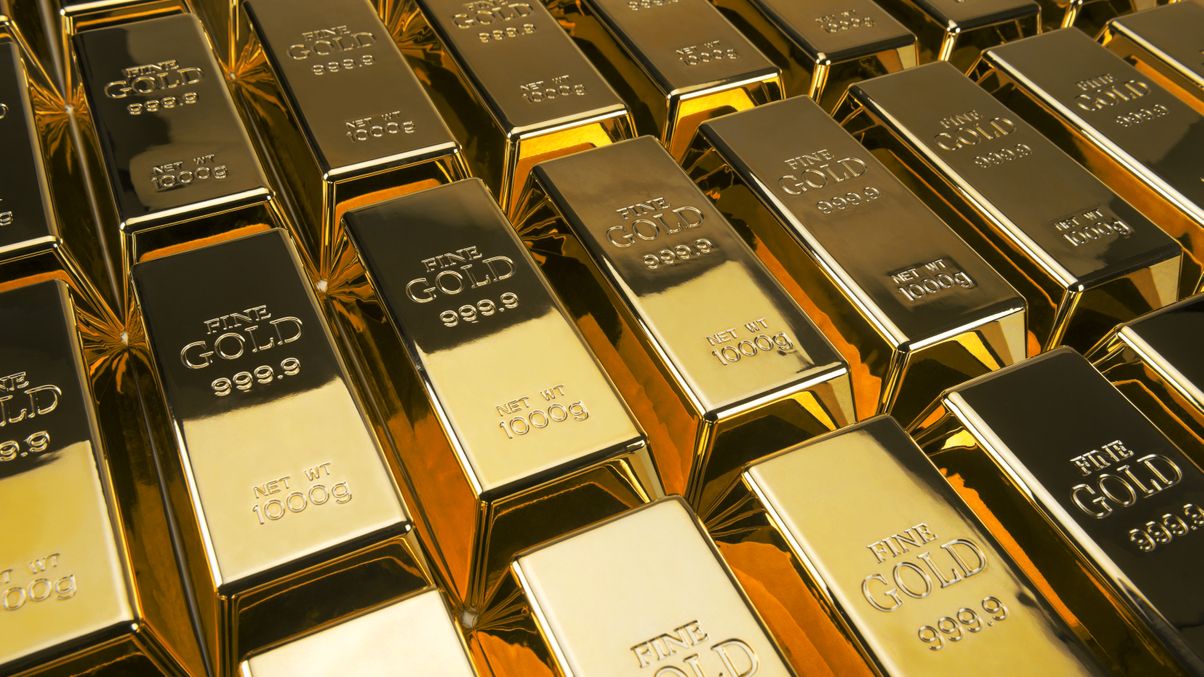Outlook 2024: Central banks set to bulk up further on gold
In a year of major elections globally, including the US, the EU, India and Taiwan, investors' need for portfolio hedges will likely be higher than normal, and should keep demand for gold among central banks and other institutions buoyant.

Central banks are expected to extend their gold buying streak into 2024, as prospects of further economic slowdown, geopolitical tensions, and political elections in key markets heighten the need for safe-haven assets.
Sign in to read on!
Registered users get 2 free articles in 30 days.
Subscribers have full unlimited access to AsianInvestor
Not signed up? New users get 2 free articles per month, plus a 7-day unlimited free trial.
¬ Haymarket Media Limited. All rights reserved.


